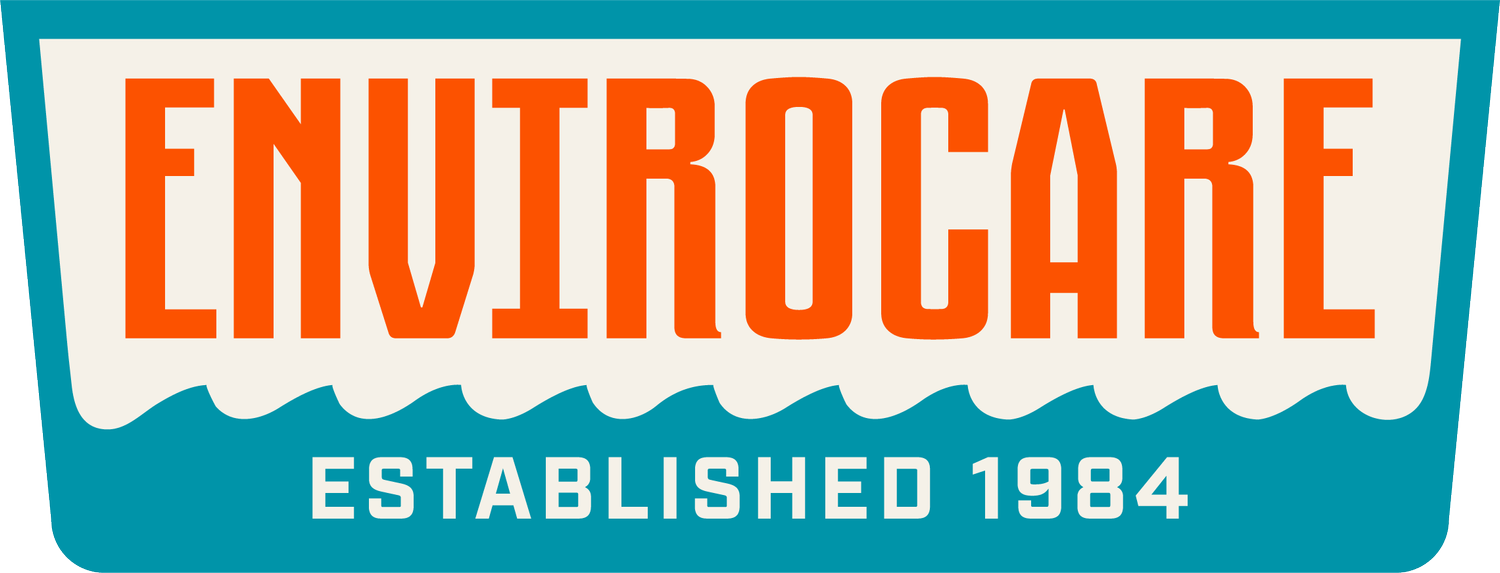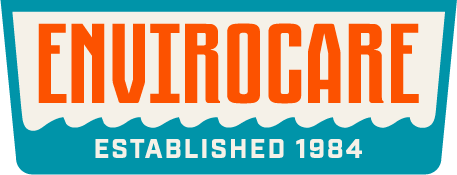Water Temperature and Chemicals – Options for sanitizing Dishes
How clean is clean?
As a business owner, that’s not a question you want to ask yourself when inspecting your dishware.
Following the best protocols is crucial to ensure your dishes are spotless. After spending time, energy, and resources sanitizing your dishware, you don’t want bacteria to stay intact.
Even worse - you don’t want that bacteria to cause further havoc by making someone sick.
So, how can you be sure you’re doing everything possible to ensure your dishes are clean and sanitized?
It’s easy with quality service from Envirocare. From sales to service, we are here for you. That’s why we want you to be armed with the knowledge to ensure you can make the best decisions for your business.
Let’s dive in…
Clean doesn’t mean sanitized
First, you should know that just because something looks clean does not mean it’s sanitized.
Many factors, including proper equipment and protocols, contribute to a genuinely sanitary environment. Envirocare can find the right solutions for your business to ensure the highest standards of cleanliness are met because not all methods are created equal.
Hand washing a plate under cold water can make a plate look clean, but there could still be all sorts of bacteria waiting to leach into whatever contacts it next.
To truly sanitize dishware, you’ll need to be more thorough.
Proper water temperatures, procedures, and equipment are necessary to prevent your dishes from becoming bacteria-ridden.
It may sound like a lot, but broken down, it is pretty straightforward.
Water temperature
Water temperature is essential to making sure your dishware is genuinely sanitized. And the secret?
Bring the heat!
This can get tricky if you’re manually washing since you don’t want to burn yourself. That’s why it’s usually best to use commercial dishwashers whenever practical.
According to the Food and Drug Administration (FDA), to sanitize your dishware & utensils, you can do any of the following:
Fully submerge your items in 170℉ water for two minutes or boiling water for 30 seconds
Place items in a steam cabinet for 15 minutes at 170℉ or at 200℉ for 5 minutes
Place items in a dry heat oven for 20 minutes at 180℉
Fully submerge in a lukewarm chlorine solution for 2 minutes (50 ppm available chlorine)
If none of the above is practical, using confined live steam, boiling rinse water, chlorine spray, or other methods approved by the Commissioner of Food and Drugs is possible.
This is all well and good, but lists of temperatures and FDA requirements can be a bit much to dig through.
So, what are the practical options for sanitizing your dishes in your business?
Practical options for sanitizing dishes
When it comes to you and your business, you are ultimately the one who will decide what systems and tools are most efficient for your workflow.
However, there are some tried and true methods for sanitizing dishes that you should consider, each varying in their effectiveness and resources required.
Manual Washing
Manual washing is the most resource-intensive option and the most prone to not thoroughly sanitizing dishes.
When manually washing, there is much more room for error to reach a thoroughly sanitized result.
For the best possible results, the following procedure is recommended:
Scrape food off before beginning to wash
Wash dishes in HOT water, ideally not with a sponge, as they can harbor bacteria
Rinse dishes thoroughly
Submerge your clean dishes in 170℉ water for two minutes or in a lukewarm sanitizing solution for 2 minutes.
This could quickly become cumbersome if many dishes need to be sanitized promptly.
Many businesses instead use commercial dishwashers when possible. However, when manual washing is more practical or preferred, one method outshines the rest.
The manual washing gold standard - Three Compartment Sinks or “Triple Sinks”
Triple sinks are the gold standard for manual washing. This system is better than others because it has three separate compartments for washing, rinsing, and sanitizing.
The first sink is filled with hot, soapy water to remove food debris, while the second sink rinses any soap residue. Finally, the third sink is filled with a sanitizing solution to kill any remaining bacteria.
Once dishes go through the triple sink process, they must be air-dried without rinsing to ensure proper sanitization.
If manual washing is your most practical solution, then a triple sink setup is the way.
Envirocare specializes in triple sink setups and can help you find the perfect solution for your business.
With our expertise, we can optimize your manual washing process to ensure maximum efficiency and sanitization.
Commercial Dishwashers
As a business owner, it is essential to sanitize many dishes quickly.
That’s where commercial dishwashers shine.
These machines are designed to handle and sanitize many dishes quickly, allowing your business to operate efficiently.
This means the dishwasher will reduce bacteria by 99.999%. AKA - sanitized!
Once you’ve chosen a commercial dishwasher and installed it, there are still two important things to continue to keep in mind:
Always make sure you load dishes correctly so they can thoroughly sanitize.
Perform regular maintenance. Just like a car, commercial dishwashers need regular attention to keep them operating at maximum efficiency.
Read Envirocare’s guide here to learn more about commercial dishwashers and their best use cases.
Make sanitization a priority
Clean dishes in business are non-negotiable.
Dirty dishes are an eyesore and a health risk, so properly sanitizing dishes is essential.
It isn’t overly complicated but requires attention to detail to ensure proper procedures are followed.
So be sure to take the time to get it right and keep these essential points in mind:
Invest in good equipment that is NSF/ANSI 3 certified.
Train employees to follow procedures to the letter
Hotter is better. Ensure the water temperature is hot enough to sanitize both when manually washing or using a commercial dishwasher.
Our Envirocare team can work with you to ensure you are doing everything possible to ensure your business has everything it needs to make sanitization a breeze.
For more information or to set up a call with us, complete this form.

